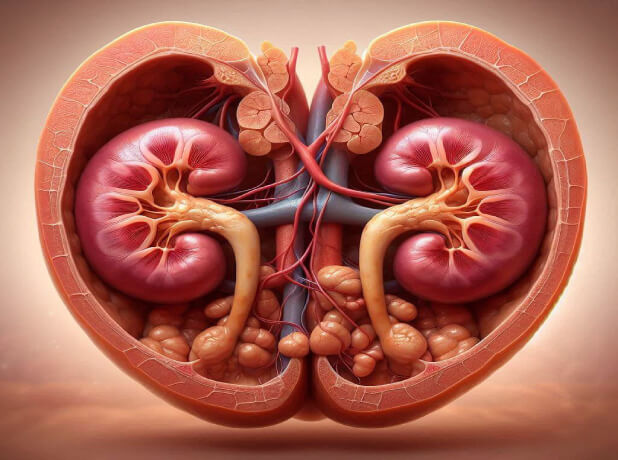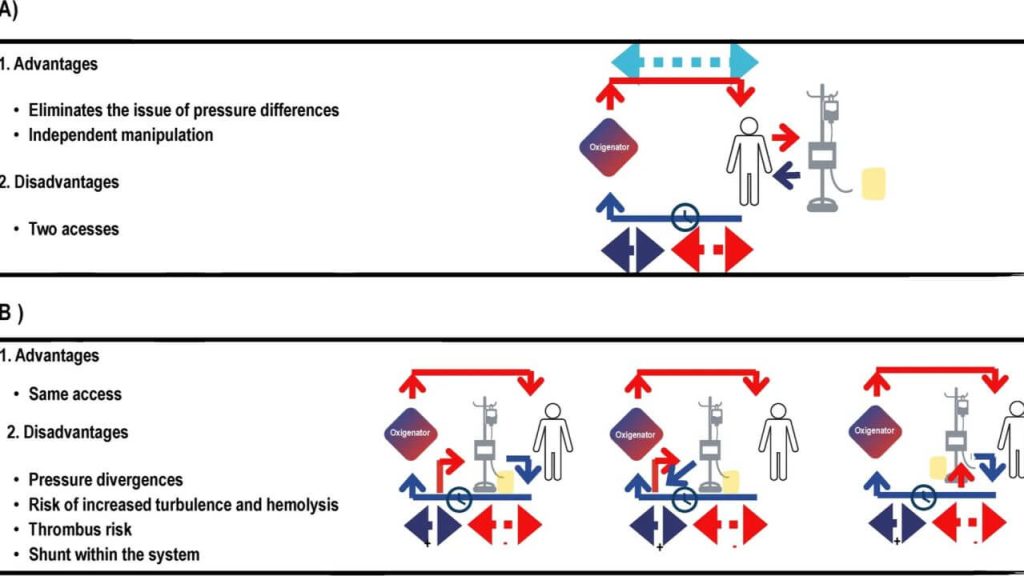Abstract
Medications are a common cause of AKI, especially for patients admitted to hospital wards and the intensive care unit. Although drug-related kidney injury occurs through different mechanisms, this review will focus on three specific types of tubulointerstitial injury. Direct acute tubular injury develops from several medications, which are toxic to various cellular functions. Their excretory pathways through the proximal tubules contribute further to AKI. Drug-induced AKI may also develop through induction of inflammation within the tubulointerstitium. Medications can elicit a T cell–mediated immune response that promotes the development of acute interstitial nephritis leading to AKI. Although less common, a third pathway to kidney injury results from the insolubility of drugs in the urine leading to their precipitation as crystals within distal tubular lumens, causing a crystalline-related AKI. Intratubular obstruction, direct tubular injury, and localized inflammation lead to AKI. Clinicians should be familiar with the pathogenesis and clinical-pathologic manifestations of these forms of kidney injury. Prevention and treatment of AKI relies on understanding the pathogenesis and judiciously using these agents in settings where AKI risk is high.
Key Points
- Prevalence: Drug-induced AKI accounts for 14%-26% of cases in hospitalized adults and up to 37.5% in ICU patients, with antimicrobial agents and chemotherapeutics being common culprits.
- Mechanisms of Injury: Includes direct tubular toxicity, immune-mediated interstitial inflammation (AIN), and crystal precipitation causing tubular obstruction.
- Risk Factors: Advanced age, preexisting kidney disease, volume depletion, and concomitant nephrotoxin exposure are key contributors.
- Direct Tubular Injury: Aminoglycosides, vancomycin, and cisplatin are primary offenders, causing mitochondrial damage, apoptosis, and cellular necrosis.
- Acute Interstitial Nephritis (AIN): Commonly triggered by antibiotics, NSAIDs, and proton pump inhibitors, AIN involves T-cell-mediated inflammation, often presenting with AKI and systemic allergic features.
- Crystalline Nephropathy: Drugs like methotrexate, sulfa-based agents, and protease inhibitors form intrarenal crystals, leading to obstruction and inflammation.
- Diagnosis: Relies on clinical history, laboratory findings (e.g., eosinophils in AIN), imaging, and kidney biopsy for definitive cases.
- Preventative Strategies: Adjusting drug doses, ensuring adequate hydration, and avoiding nephrotoxic combinations are essential to mitigate risks.
- Therapeutic Interventions: Early discontinuation of offending agents, corticosteroids for AIN, and urine alkalization for crystalline nephropathy are key management approaches.
- Outcomes: AKI resolution varies, with a significant proportion progressing to chronic kidney disease (CKD) if not promptly managed.

